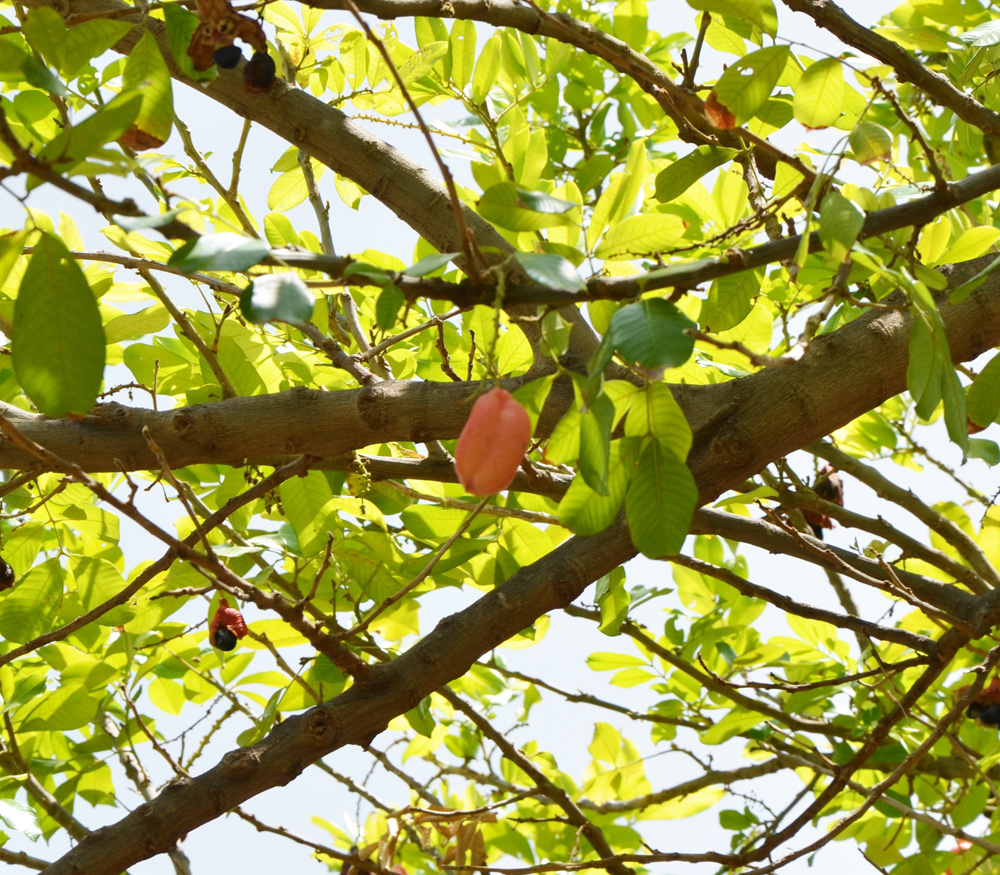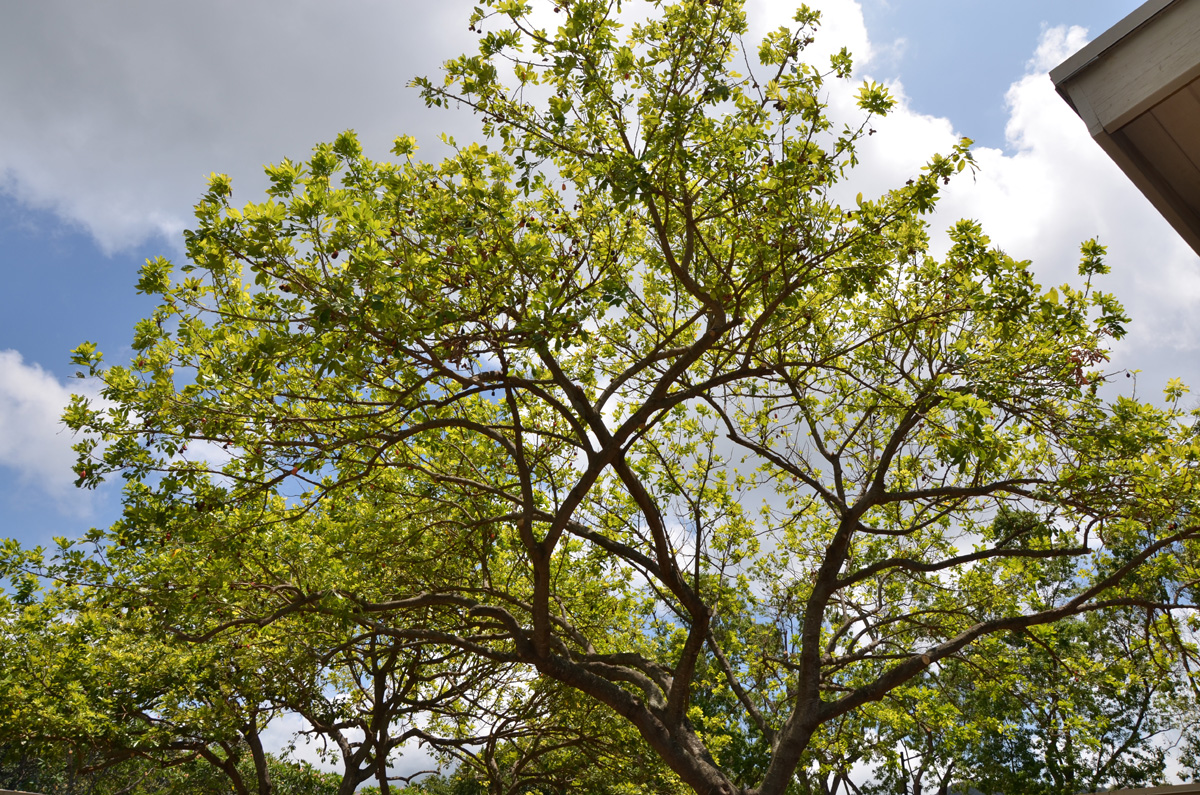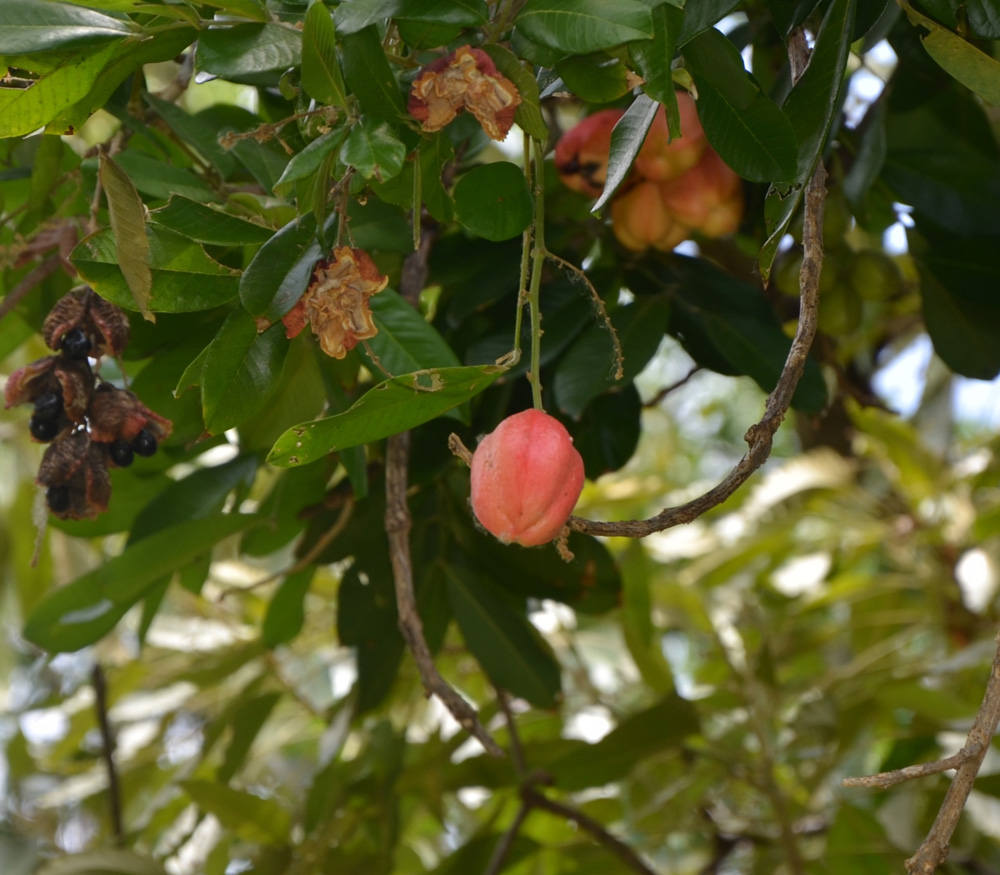- Home »
- Information »
- Akee
Akee
Blighia sapida
Pear-shaped fruit, with several moderate lobes and a red to yellow waxy skin. The skin, unripe fruit, and seeds are poisonous. The yellow, fleshy portion surrounding the aril is edible and has a nutty flavor.
Seed Availability
Seeds are now available at our seed store.
Description
A medium to large sized tree, up to 40-60 feet in height. Fruits form in small clusters and grow to 2-4", ripening to an orange-red.
Hardiness
The akee is tropical or subtropical, and able to survive temperatures to the upper 20's.
Growing Environment
It seems to grow a bit better in areas that cool during the winter, rather than intense humid, tropical climates. Grow in full sun, water regularly.
Propagation
Often by seed, and occasionally through cuttings. Seedling trees may bear in 4 years. There are a few identified varieties.
Uses
The ripe arils are boiled, usually in salt water or milk, then fried, and eaten. The fruit is cultivated mainly in Jamaica, though occasionally elsewhere in the Caribbean. Canned akee can occasionally be found in specialty markets in the United States and elsewhere.
Native Range
Native to tropical forests of West Africa, along the Gold Coast and Ivory Coast. The akee has gained its fame in Jamaica where it was imported long ago and has become a key ingredient in many popular dishes there.
Additional Pictures
Related Species
| Sapindaceae | |||
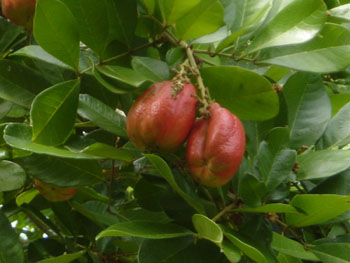 |
Blighia sapida Akee |
 |
Dimocarpus didyma Alupag |
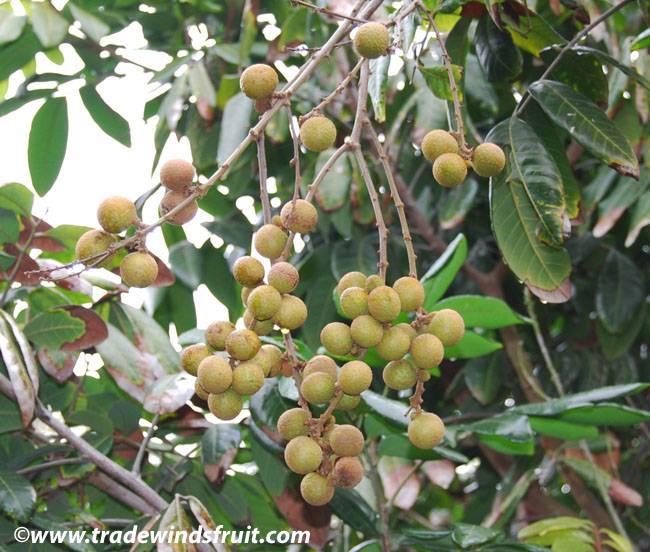 |
Dimocarpus longana Longan |
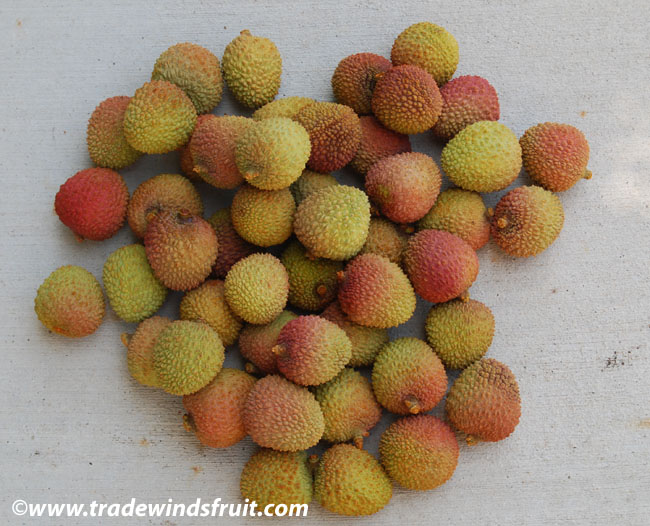 |
Litchi chinensis Lychee |
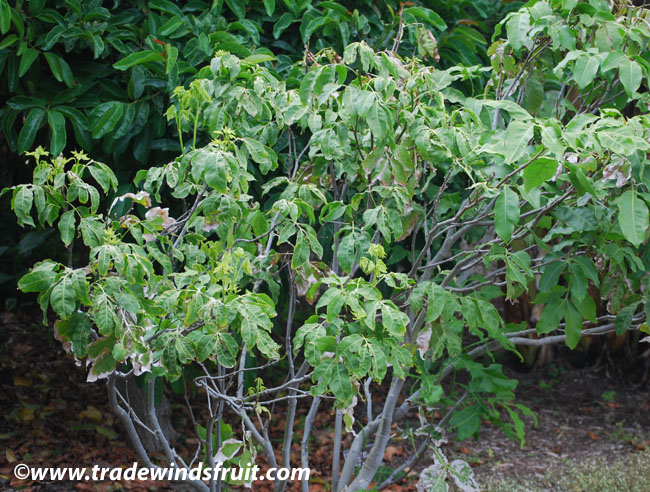 |
Melicoccus bijugatus Mamoncillo |
 |
Nephelium echinulatum Nephelium echinulatum |
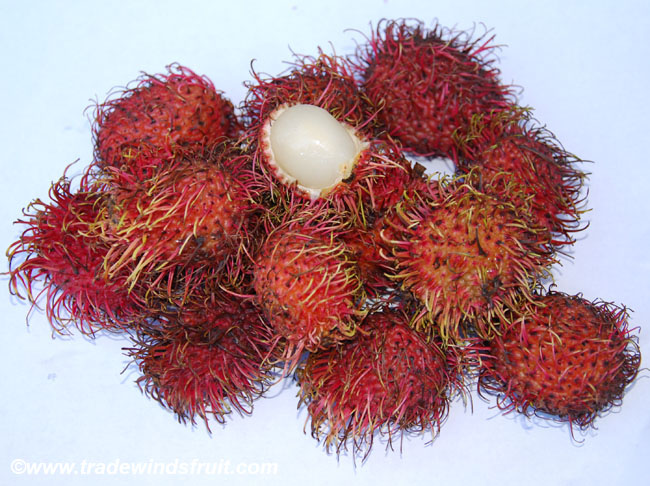 |
Nephelium lappaceum Rambutan |
 |
Nephelium maingayi Nude Rambutan |
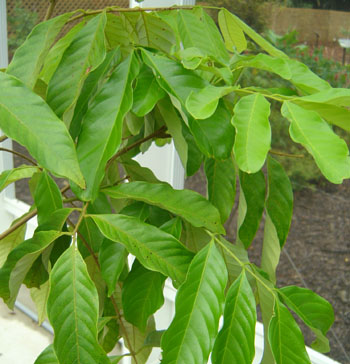 |
Nephelium mutabile Pulasan |
 |
Nephelium uncinatum Hooked Rambutan |
 |
Nephelium xerospermoides Hairless Rambutan |
 |
Paullinia cupana Guarana |
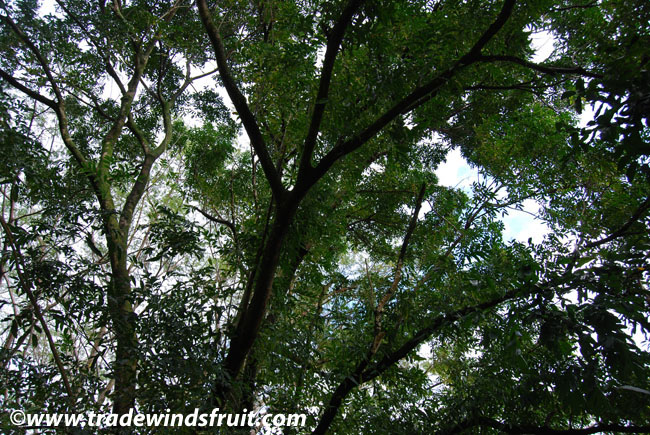 |
Saponaria detergens Soap Nut |
 |
Talisia esculenta Belizian Genip |


